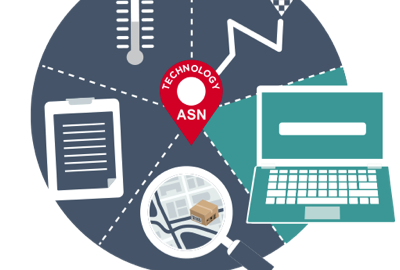A critical aspect of managing your election infrastructure properly is an efficient and accurate process for receiving and recording new inventory and equipment. As such, a pre-shipment alert often referred to as an Advanced Shipping Notice (ASN), is essential to helping with speed and accuracy during the inbound process of election items.
A pre-shipment alert like ASN is imperative, making certain that your IT team is prepared to receive the assets. The following are some of the highlights of working with Wireless Data Systems, Inc. (WDS):
- Critical data regarding identification fields for the equipment, i.e. serial numbers, software firmware versions, model numbers, MAC addresses, and warranty dates/period
- Fast and accurate scanning and validation of manufacturer-provided unique identifiers (i.e. serial numbers) as the county asset tags are being applied. Thereby creating the permanent systematic bond/relationship between manufacture ID and county or state IDs.
- Accurate method for meeting financial responsibilities from budget departments (i.e. proof that systems are in place to provide accurate intake and accountability of purchased hardware/assets – sometimes required by the state or provider of the funds/budget).
- Sets groundwork for an accurate and fast-tracking, chain of custody, and accountability of equipment from the beginning of its entire lifecycle.
At Wireless Data Systems, Inc. (WDS), our systems are able to support a multitude of Advanced Shipping Notice methods depending on our customer’s current and planned data infrastructures, including:
- Text Files with Pipe Character Delimiters: This is by far the simplest of formats that involve simple file transfers. While not the most-efficient, this process can achieve the benefits of ASN technology in small to medium-size operations.
- XML Files/Web Services: The XML format is a more efficient format that allows large amounts of data to be imported via API or Web Services. (An alternative is to send/copy an XML formatted file, which is preferred over the Text file format, to an SFTP location to be retrieved by our system.)
- EDI ASN 856 templates (preferred method): The IEEE x12 EDI ASN standard is robust and efficient. Our systems can receive the EDI 856 ASN. This process can be implemented in small to the most-complex elections operations.
With WDS, we’ll provide you with complete chain of custody of your assets and real-time visibility throughout the election cycle of your election-critical items. Our team works with your IT team to coordinate scheduling and make sure that every aspect of the election infrastructure is handled with speed, accuracy, and efficiency.




